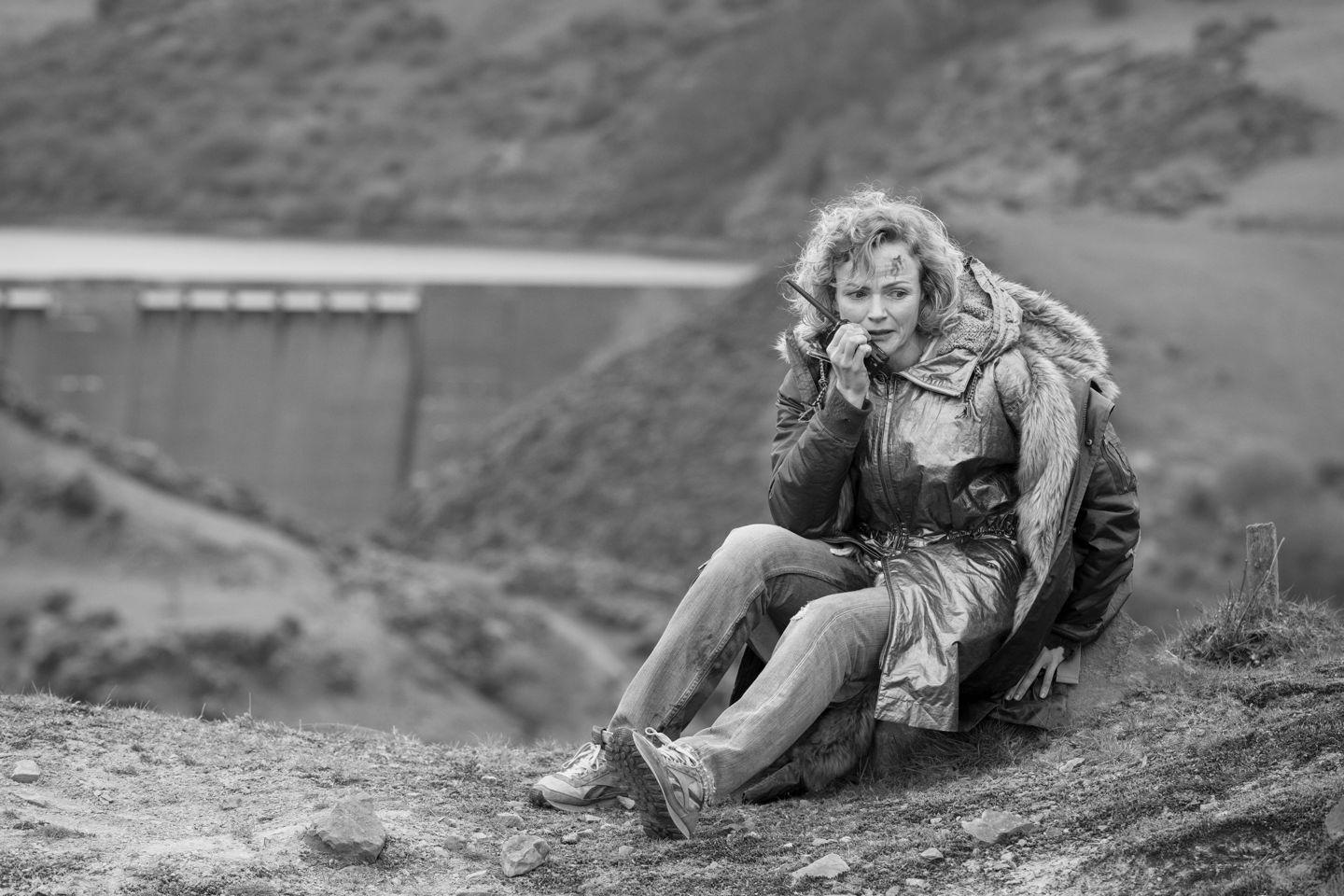Science-fiction can be a fun escape from reality, but “Black Mirror” only establishes a fear for tomorrow’s advances.
Charlie Brooker’s hit anthology series about the many ways technology could ruin our lives is back for a fourth season with some fresh ideas that pay off.
The first three seasons follow a specific formula where bleak cynicism runs through the episode with plot twists or “gotcha!” moments sprinkled near the end that may or may not surprise the viewer.
Brooker heads into a new direction, which is apparent from the first episode “USS Callister,” a tech thriller that features heavy influences from “Star Trek” and “Galaxy Quest.” The story starts off as a commentary on how virtual reality can be highly addictive and an escape from reality, but quickly turns into a story about a misunderstood nice guy with sadistic thoughts.
Jesse Plemons plays Robert Daly, a socially awkward tech genius who is overlooked and unappreciated at the virtual reality gaming company he started. Daly uses the coding he developed for the company to create a virtual world based off his favorite television series where he plays god and his coworkers play designated roles for him.
The story evolves after the realization that the digital versions of his coworkers are actually sentient. The virtual versions are fully aware of who they were in the real world and are doomed into an unending torture chamber. Brooker successfully breaks the formula fans have gotten accustomed to by fleshing out a more realized world and having the characters use Daly’s own technology to try and escape his virtual hell and explore life with free will. It’s a great opener and one of the best of the series.
The second episode of the season, “Arkangel,” feels like the writers of “Black Mirror” collaborated with a few “Degrassi” writers to create a teenage angst story filled with boyfriend troubles, drug abuse, and a helicopter mother. The dynamic between Rosemarie DeWitt and Brenna Harding as mother and daughter is uninteresting, and while the idea of a parent being able to insert a chip into their child to hover over them is intriguing, it is poorly executed to the point where I wanted the episode to end as quickly as possible.
At the halfway point of the season, viewers are greeted with the darkest episode, “Crocodile.” The technology in the episode revolves on a device that can recreate memories in video form. The idea is interesting, but the writers decide to focus on the Andrea Riseborough’s character’s actions rather than the use of technology. The premise relies on a woman with a troubled past who tries to escape an accident she was involved in by any means necessary, but finds herself burying her past with more crime.
While “Black Mirror” is not known for being the most realistic show, it is still hard to believe some of the actions the woman takes to sustain her normal life. It seems like the writers are trying to shock viewers, but it comes across as ingenuine and a cheap way to create a narrative.
There is a major tonal shift heading into the fourth episode, “Hold the DJ.” The plot revolves around two individuals using a highly advanced dating application to find “the one” for them. Georgina Campbell and Joe Cole have great chemistry throughout the whole episode, and unlike most stories from the series, we are shown a positive view of technological advances.
“Metal Head” is the most experimental episode to date, and it includes beautiful story telling. Most episodes of the show clock in at over an hour, but “Metal Head” fleshes out a well crafted narrative in only 40 minutes and pays off.
In a post-apocalyptic world, Maxine Peake plays a woman who tries to retrieve an item from a warehouse, only to end up being hunted by a mechanized “dog,” which may not be as unrealistic as you think. There is no backstory or any points of reference which creates a true focus on the man versus machine narrative. “Metal Head” is the only episode shot in black-and-white, adding a sense of emptiness and bleakness. An underlying theme that resonates in the episode is that the world was black-and-white before the 1930’s, and it could certainly revert back if technology begins to take over. The ending completely changes the whole dynamic of the story and creates a better viewing experience the second time around.
The tail end of the season features “Black Museum,” almost an anthology episode similar the season two’s “White Christmas.” It features several different stories that all lead to one big payoff. Brooker uses the standard “Black Mirror” formula to craft the final episode and a strong performance by Douglas Hodge helps elevate the episode into one of the best of the season. It is filled with easter eggs from past storylines and acts as a good send off, if the show is not picked up for another season.
Brooker experimented with his show this season and it is nice to see “Black Mirror” go into a new direction before its formula becomes stale. If more episodes like “Metal Head” and “USS Callister” are made, then “Black Mirror” has a bright future ahead.




